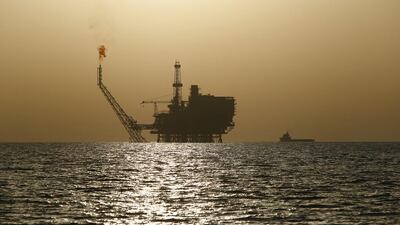Oil gained slightly following a decline yesterday. even as the prospect of low demand continued to loom over markets.
Brent was trading at $64.07 per barrel at 4.11pm UAE time, within the range seen for much of the week in spite of a continued stand-off in the Middle East over the seizure of a British-flagged tanker by Iran.
A decline in US inventory levels of around 10.8 million barrels per day (bpd), according to the latest report by the Energy Information Administration, failed to significantly rally prices.
According to London-based Facts Global Energy, oil demand growth is expected to decline further. FGE estimates that oil demand growth could slow to 740,000 bpd this year, with growth for 2020 expected to average around 920,000 bpd. The revision comes amid anticipation by organisations such as the International Energy Agency that demand growth for crude will continue to slide.
Last week, the International Energy Agency (IEA) revised its growth forecast downwards for oil to 1.1 million bpd on the back of a weakening global economy and lower Chinese demand. In May, the agency had pared down its headline demand forecast for the year by 90,000 bpd to 1.3 million bpd, due to weaker growth expected from Brazil, China, Japan, Korea and Nigeria. Last year, the IEA had predicted oil demand growth of 1.5 million bpd for 2019, however, the US-China trade standoff as well as recessionary sentiments in the global economy have nudged the institution to lower its expectations repeatedly.
While prices rallied when Hurricane Barry took nearly two-thirds of the Gulf of Mexico supply offline earlier this month, the seizure of a British-flagged and Swedish-operated tanker in the Strait of Hormuz did not nudge prices significantly.
The strait, through which a third of the world’s seaborne crude passes, has seen low-level proxy attacks on tankers transiting through the chokepoint as tensions between Washington and Tehran escalated earlier in the month.
Oil’s performance over the last two months has been rooted in market fundamentals as well as recessionary pressures facing the global economy as opposed to geopolitical risk factors in the Middle East


